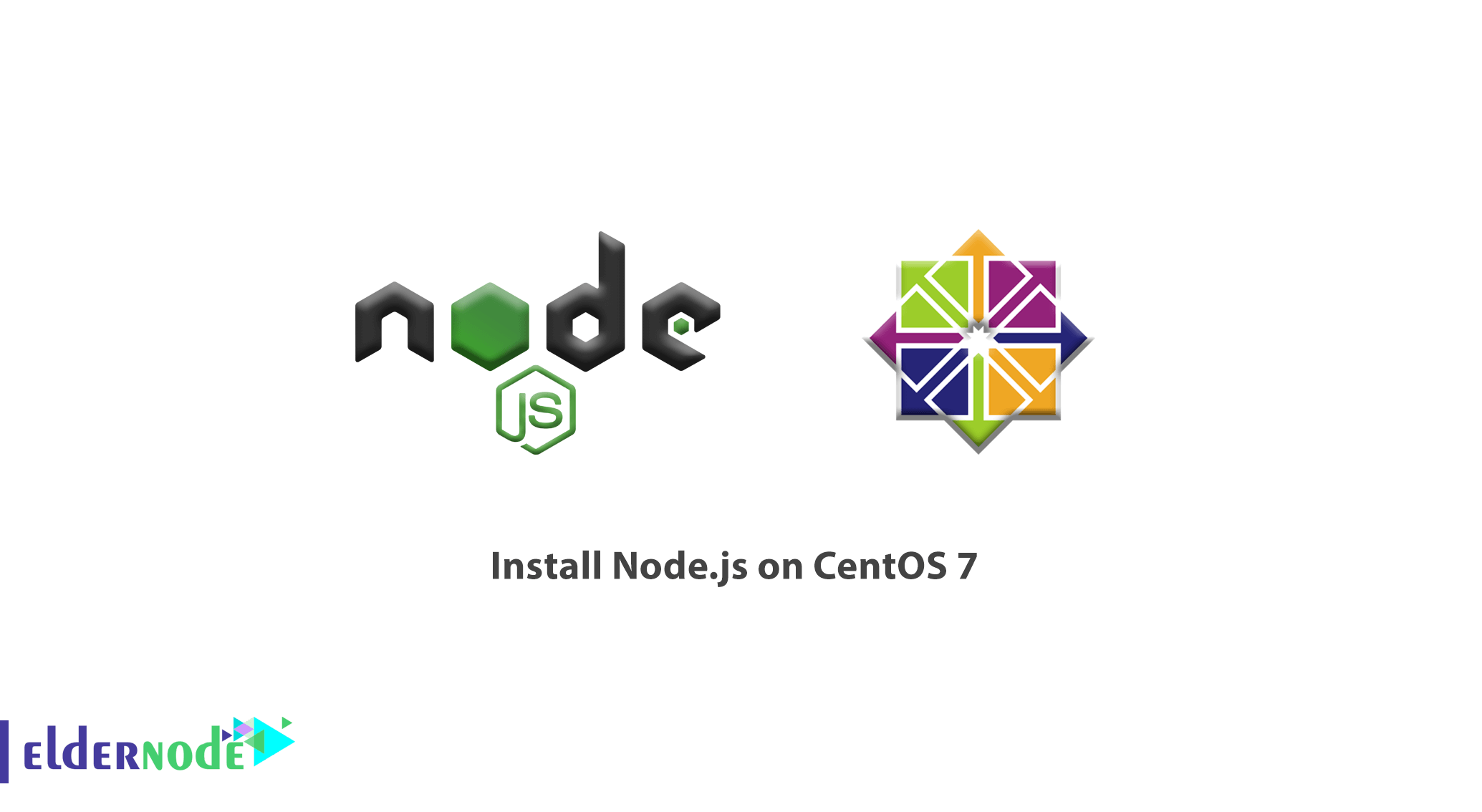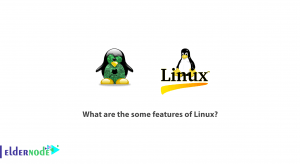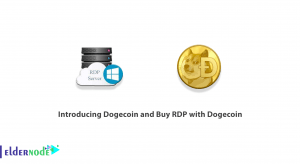
Node.js is a Javascript platform for server-side programming. It allows users to create networked applications easily that require backend functionality. By using Javascript as both the client and server language, development can be fast and consistent. In this guide, we will show you a few different ways of getting Node.js installed on a CentOS 7 server so that you can get started. Most users will want to use the EPEL installation instructions or the NVM installation steps. To make your study more useful, contact the Eldernode team as a VPS provider to have your own Linux Virtual Server.
Table of Contents
How To Install Node.js On CentOS 7
Join us to review this guide and see How To Install Node.js on CentOS 7. In case you need to see this process for the latest version, follow our article on How to install Node.js on CentOS 8.
Step 1: Install Node From Source
One way of acquiring Node.js is to obtain the source code and compile it yourself.
To do so, you should grab the source code from the project’s website. On the downloads page, right-click on the “Source Code” link and click “Copy link address” or whatever similar option your browser gives you.
On your server, use wget and paste the link that you copied in order to download the archive file:
wget http://nodejs.org/dist/v0.10.30/node-v0.10.30.tar.gz Extract the archive and move into the new directory by typing:
tar xzvf node-v* && cd node-v* There are a few packages that we need to download from the CentOS repositories in order to compile the code. Use yum to get these now:
sudo yum install gcc gcc-c++ Now, we can configure and compile the software:
./configure make The compilation will take quite a while. When it is finished, you can install the software onto your system by typing:
sudo make install To check that the installation was successful, you can ask Node to display its version number:
node --version v0.10.30 If you see the version number, then the installation was completed successfully.
Step 2: Install A Package From The Node Site
Another option for installing Node.js on your server is to simply get the pre-built packages from the Node.js website and install them.
Since CentOS 7 only comes in the 64-bit architecture, right-click on the link under “Linux Binaries (.tar.gz)” labeled “64-bit”. Select “Copy link address” or whatever similar option your browser provides.
On your server, change to your home directory and use the wget utility to download the files. Paste the URL you just copied as the argument for the command:
cd ~ wget http://nodejs.org/dist/v0.10.30/node-v0.10.30-linux-x64.tar.gz
Note: Your version number in the URL is likely to be different than the one above. Use the address you copied from the Node.js site rather than the specific URL provided in this guide.
Next, we will extract the binary package into our system’s local package hierarchy with the tar command. The archive is packaged within a versioned directory, which we can get rid of bypassing the –strip-components 1 option. We will specify the target directory of our command with the -C command:
sudo tar --strip-components 1 -xzvf node-v* -C /usr/local This will install all of the components within the /usr/local branch of your system.
You can verify that the installation was successful by asking Node for its version number:
node --version v0.10.30 The installation was successful and you can now begin using Node.js on your CentOS 7 server.
Step 3: Install Node From The EPEL Repository
An alternative installation method uses the EPEL (Extra Packages for Enterprise Linux) repository that is available for CentOS and related distributions.
To gain access to the EPEL repo, you must modify the repo-list of your installation. Fortunately, we can reconfigure access to this repository by installing a package available in our current repos called epel-release.
sudo yum install epel-release Now that you have access to the EPEL repository, you can install Node.js using your regular yum commands:
sudo yum install nodejsOnce again, you can check that the installation was successful by asking Node to return its version number:
node --version v0.10.30 Many people will also want access to npm to manage their Node packages. You can also get this from EPEL by typing:
sudo yum install npm
Step 4: Install Node Using The Node Version Manager
Another way of installing Node.js that is particularly flexible is through NVM, the Node version manager. This piece of software allows you to install and maintain many different independent versions of Node.js, and their associated Node packages, at the same time.
To install NVM on your CentOS 7 machine, visit the project’s GitHub page. Copy the curl or wget command from the README file that displays on the main page. This will point you towards the most recent version of the installation script.
Before piping the command through to bash, it is always a good idea to audit the script to make sure it isn’t doing anything you don’t agree with. You can do that by removing the | bash segment at the end of the curl command:
curl https://raw.githubusercontent.com/creationix/nvm/v0.13.1/install.sh Take a look and make sure you are comfortable with the changes it is making. When you are satisfied, run the command again with | bash appended at the end. The URL you use will change depending on the latest version of NVM, but as of right now, the script can be downloaded and executed by typing:
curl https://raw.githubusercontent.com/creationix/nvm/v0.13.1/install.sh | bash This will install the nvm script to your user account. To use it, you must first source your .bash_profile:
source ~/.bash_profile Now, you can ask NVM which versions of Node it knows about:
nvm list-remote . . . v0.10.29 v0.10.30 v0.11.0 v0.11.1 v0.11.2 v0.11.3 v0.11.4 v0.11.5 v0.11.6 v0.11.7 v0.11.8 v0.11.9 v0.11.10 v0.11.11 v0.11.12 v0.11.13
You can install a version of Node by typing any of the releases you see. For instance, to get version 0.10.30, you can type:
nvm install v0.10.30 You can see the different versions you have installed by typing:
nvm list -> v0.10.30 systemYou can switch between them by typing:
nvm use v0.10.30 Now using node v0.10.30 To set this version as the default, type:
nvm alias default v0.10.30 default -> v0.10.30 You can verify that the install was successful using the same technique from the other sections, by typing:
node --version v0.10.30 From the version number output, we can tell that Node is installed on our machine as we expected.
Conclusion
In this article, you have finished installing Node.js on CentOS 7. As you can see, there are quite a few different ways of running Node.js on your CentOS 7 server. If one of the installation methods is giving you problems, try one of the other options. In case you are interested to review more related articles, find them below on How to Install and config Node.js on Ubuntu 20.04 AND How to install Node.js on Debian 10 OR for windows user How to Install node.js on Windows.





Hi, I want to check the version of NPM
Please use the following command to do this.
npm -v6.14.8
Is it possible to test our node.ja?
Yes, sure. This is an optional step. However you need to create a web server with Welcome Node.js” text. To create a file demo_server.js run the command below:
vim demo_server.jsAnd then add the following content:
var http = require('http');http.createServer(function (req, res) {
res.writeHead(200, {'Content-Type': 'text/plain'});
res.end('Welcome Node.js');
}).listen(3001, "127.0.0.1");
console.log('Server running at http://127.0.0.1:3001/');
How should I update it?
You can use one of the 3 below ways to update a Node.js version:
• Updating using official installer.
• Updating using nvm. (popular way of running Node)
it allows you to switch between various Node versions and install new versions.
• Updating using Homebrew (macOS)
Good tutorial. How to use multiple node.js versions?
Yes, it is possible by using NVM. Since, NVM is a package manager; it can install and manage multiple Node.js versions. You should type in nvm install and the number of the version. For example:
nvm install 10.1.0Thank you, I want to list the versions I have installed on my manager.
Run the following command to do this:
nvm ls